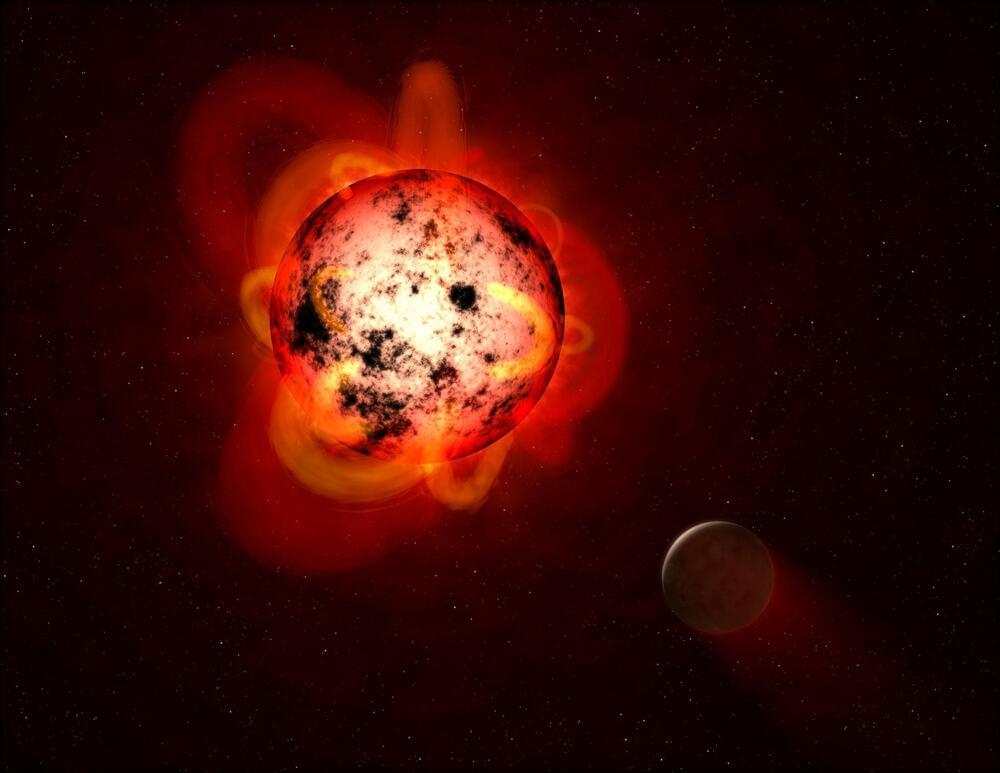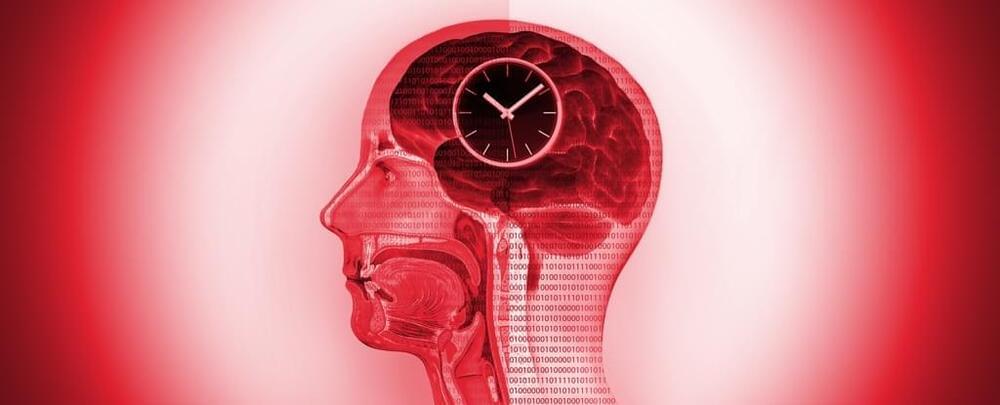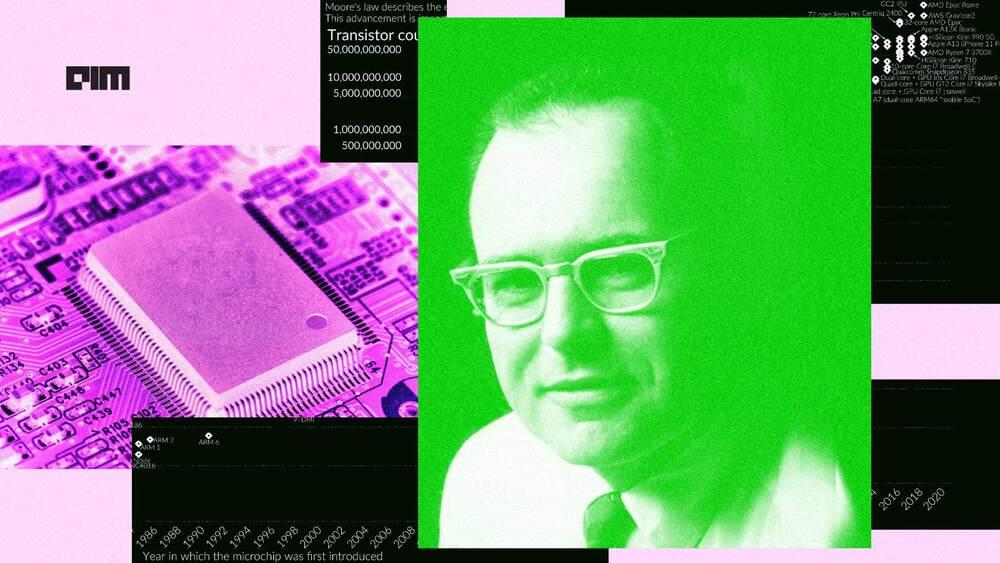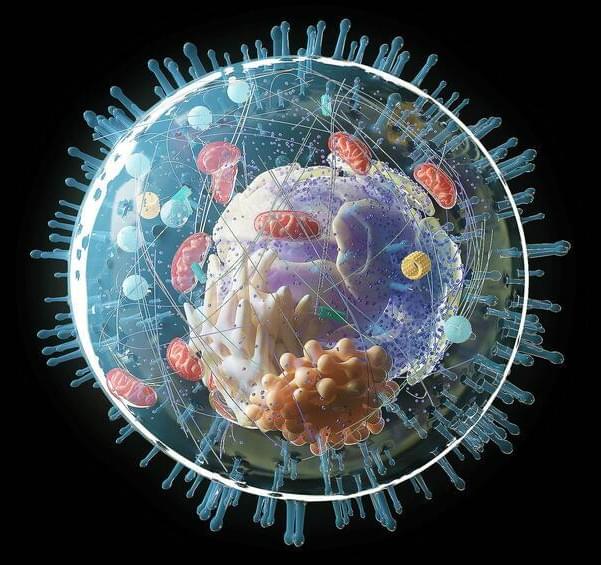Nov 21, 2024
Charting the Cosmic Shoreline: Which Planets Have Atmospheres?
Posted by Shubham Ghosh Roy in category: space
Which of the nearly 6,000 known exoplanets have atmospheres? With help from JWST, astronomers are inching closer to an answer, and new observations of a super-Earth planet around a low-mass star help to define the dividing line between planets with atmospheres and planets without.
How to Find an Atmosphere
With the number of known exoplanets growing steadily larger, a major challenge for astronomers is deciding how to allocate limited telescope time to study these planets further. Rocky planets with atmospheres make promising targets, but it’s not obvious which exoplanets should have atmospheres. Taking cues from the planets in our solar system and the subset of exoplanets that have been studied in detail, researchers have defined the concept of the cosmic shoreline, which separates planets with atmospheres from planets without on the basis of escape velocity — related to a planet’s mass and size — and the amount of starlight the planet receives.

















